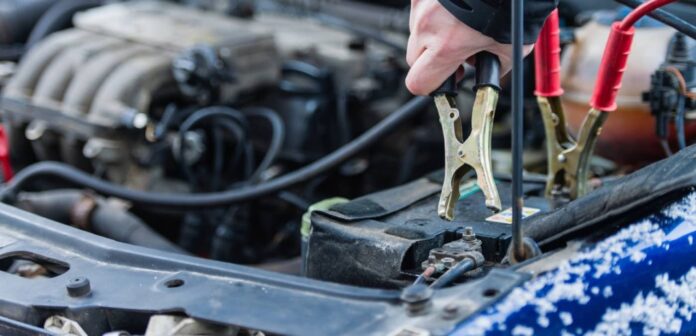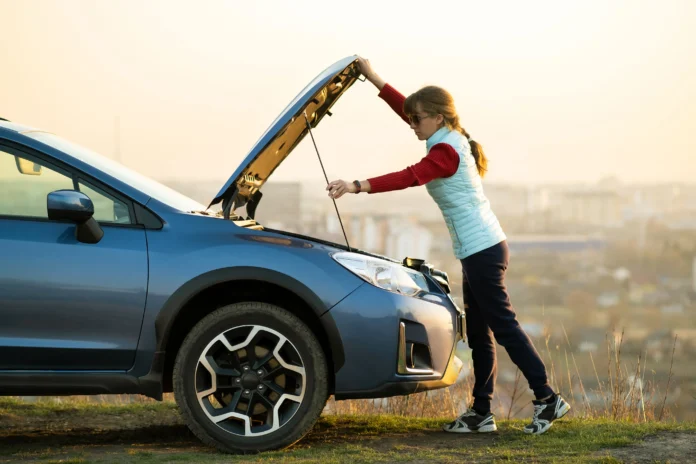You’ve had your auto forever. You’ve driven thousands of miles in it, listened to hours of music and podcasts, and carried countless friends across town to various destinations. It’s been with you through thick and thin. Your car is your constant companion.
That means acknowledging that it’s time for your car to retire to the great vehicle beyond can be a challenge. Some people hold on to their vehicles for longer than makes sense, spending hundreds or even thousands of dollars on unnecessary repairs for something that should have been scrapped already.
Keeping your car for too long can be a costly mistake. It’s supposed to be a tool to make life easier — if it’s unreliable, costly to maintain and frequently in the mechanic’s shop, it’s already past time to let it go.
Below are some warning signs that it’s time to retire your vehicle.
7 Warning Signs To Watch For

If you’re driving something that you suspect has seen its better days, then it’s important to be vigilant about warning signs. Here are some hints that you officially have an end-of-life junker.
- Frequent costly repairs: If you are constantly shelling out way too much cash to fix up your car, that’s a warning sign. Depending on its current market value, even needing to repair it once a year may be too much to be worthwhile.
- Poor mileage: If your truck is older, chances are it’s not nearly as efficient as it used to be. You might be burning through more gas than ever trying to get to the same destination. Meanwhile, newer cars on the market are only getting more fuel-efficient.
- Excess oil consumption: If your engine is burning through oil and forcing you to top off more frequently than typical guidelines stipulate, that’s a major red flag. Your engine is no longer working efficiently — and a ruined engine is extremely cost-prohibitive to replace.
- Transmission troubles: If your transmission is giving out, you could be in for another major car expense that indicates your vehicle may need to retire.
- Difficulty passing emissions tests: If your car cannot successfully pass an emissions test, that could indicate a problem with the catalytic converter or the engine. Either way, the potential causes can lean towards the more expensive side, and might not realistically be repairable at all.
- Repeated safety recalls: Have you ever checked for open safety recalls on your vehicle? If not, it might be a good idea to look — and numerous open recalls on your car indicate it might be time to retire.
- Unavailability of parts: If your automobile is on the older site, then you might start encountering issues like unavailability of parts. That indicates that you’re driving something so old, that manufacturers don’t even expect to repair it anymore.
In short, if there are signs that your automobile is no longer safe, reliable, or cost-effective, then it might be time to hit the junkyards and start shopping around for quotes.
An older automobile is a risk to your wallet as well as your safety. That’s why learning when it’s time to say goodbye matters.
Sell Your End Of Life Vehicle

If you’re ready to say goodbye to your car, that means it’s time for the next step: finding a buyer and selling your junk vehicle for cash.
Luckily, there are a lot of options for taking care of this particular task:
Trade It Into A Dealership
You can trade your car into a dealership in exchange for credit towards a new vehicle! This is a convenient option that allows you to combine two transactions into one.
However, it’s important to keep in mind that dealerships don’t specialize in clunkers, and they may not be able to provide their fair market value as a trade-in offer. In some cases, they may not be able to take it at all — for instance, if it’s nonrunning or salvage, you might have a harder time finding a willing dealership to take it as a trade-in.
Part It Out Yourself
If you’re mechanically inclined, you have the option of parting out your car yourself and selling the parts one by one. This method can allow you to get more money, but it requires time, space, and automotive skills.
Additionally, rather than finding one buyer for an intact automobile, you now have to find dozens of buyers for each part you removed.
This is a time-intensive, skill-intensive option. If you don’t have enough of either, this choice may not be the most reasonable one. However, if you have lots of experience working with automobiles and a space to function as a garage, this option makes sense for you.
Find A Private Buyer

If you’re willing to do the marketing legwork and haggle directly with potential buyers, then selling it yourself is certainly an option. There are plenty of avenues to do so, from Facebook Marketplace to eBay to Craigslist.
If you’re going to take this option, you’ll have to deal with a few tire kickers, and you have to vet all the potential buyers yourself. Are they serious? Are they trustworthy? Do they have the payment they claim they’re offering?
Plus, if you have a non-running clunker, you have to arrange transportation with them since the car can’t be driven off. This option can be a hassle depending on what condition your clunker is in.
Sell It Online
Another option is to find an online less-than-perfect car buyer, such as CarBrain. These online buyers can offer you a fair market quote online, often complete with free towing and pickup. This can be a convenient option if you’re looking for a timely and easy sale.
Of course, if you want to maximize your potential offer, you can always try to sell the vehicle yourself on services such as Facebook Marketplace or Craigslist. This allows you to have more control over the price point, and you can negotiate directly with multiple buyers. On the other hand, it can require more patience and haggling than you may be interested in.
Whatever your priority, selling your end-of-life vehicle can enable you to get some extra cash and have one less problem on your hands.









